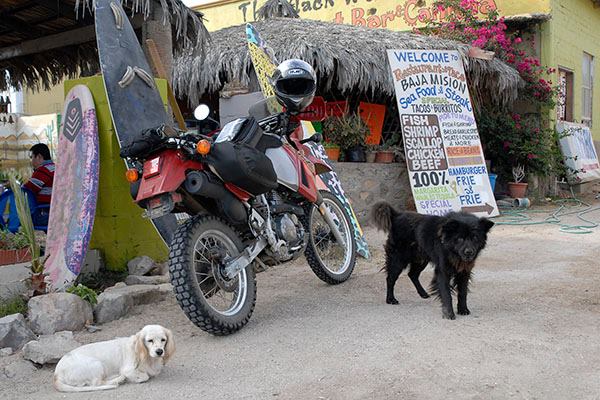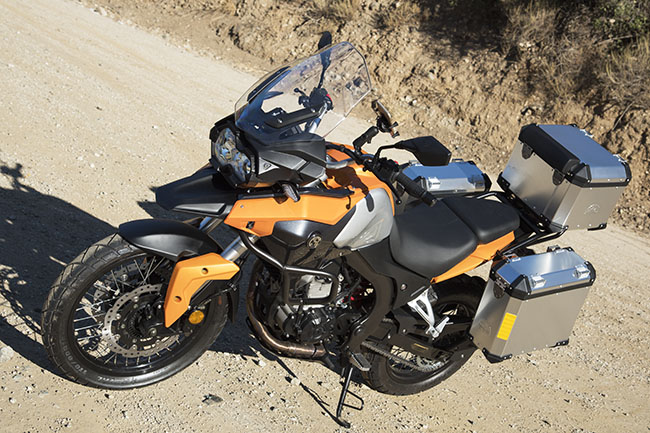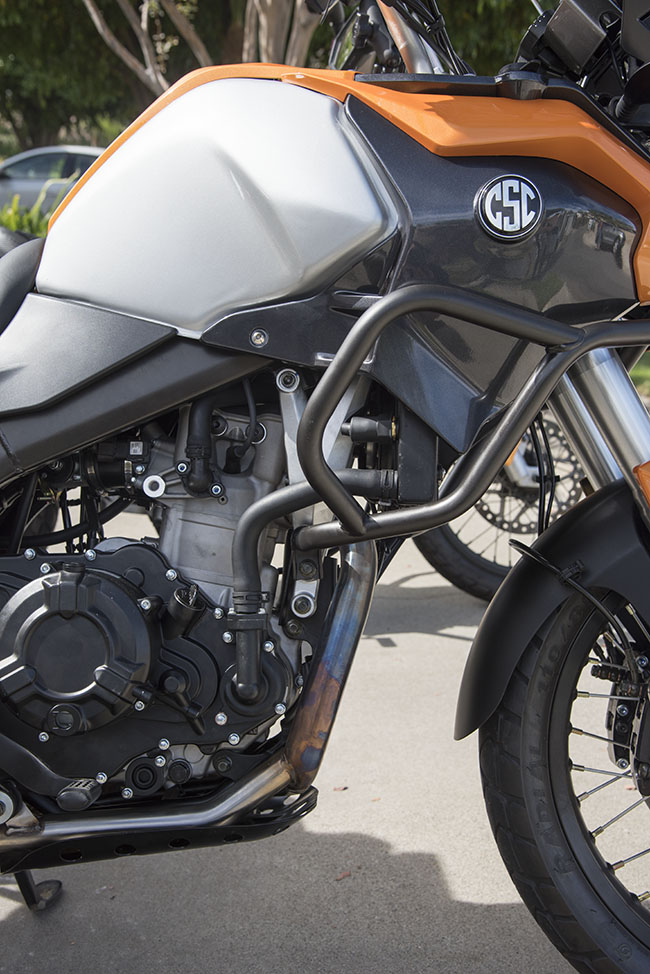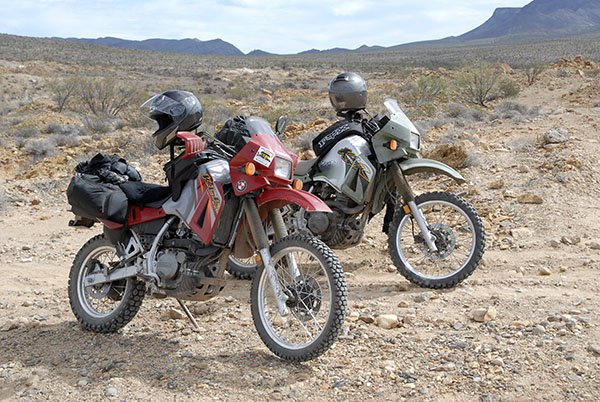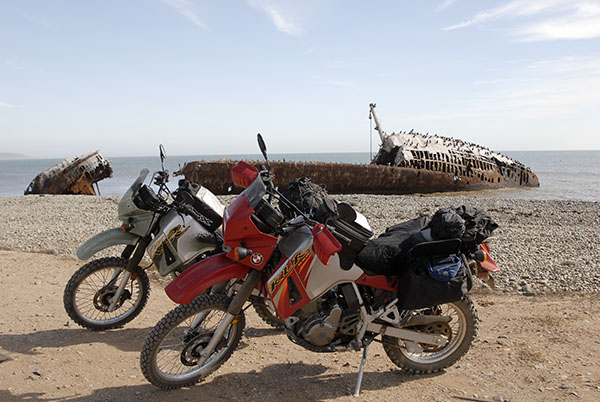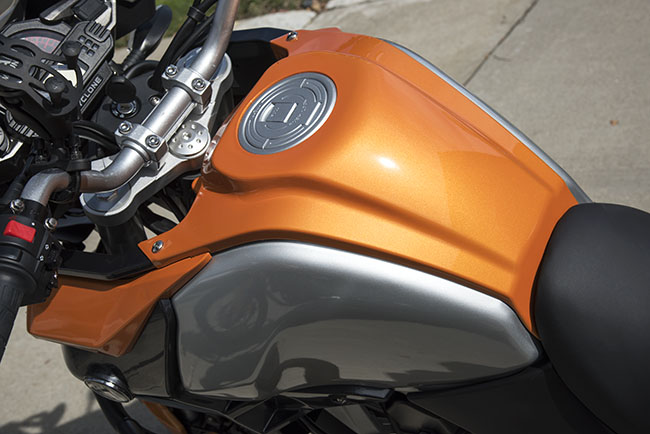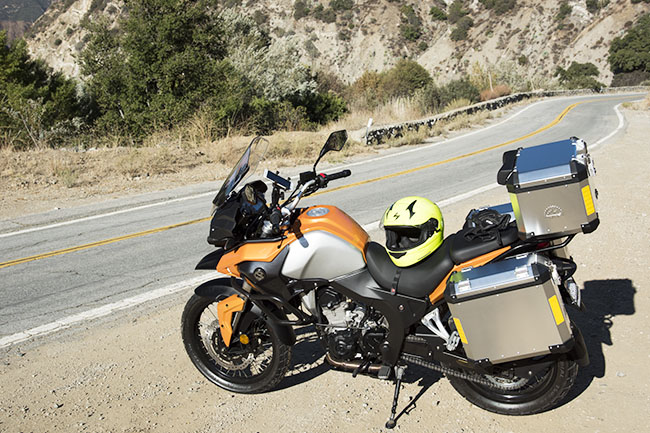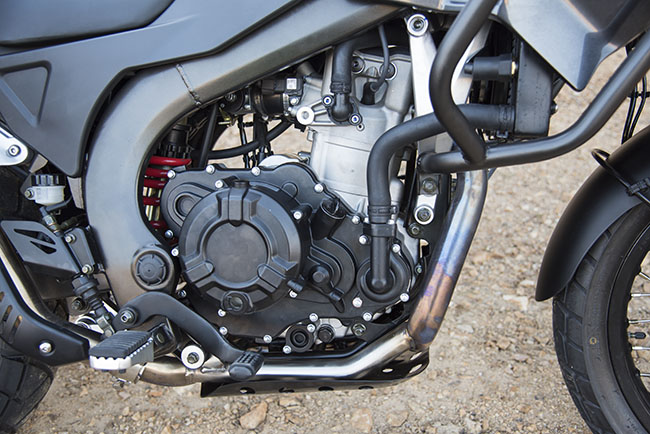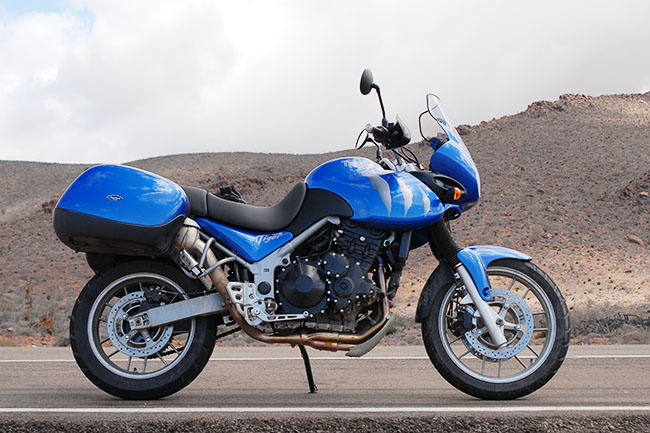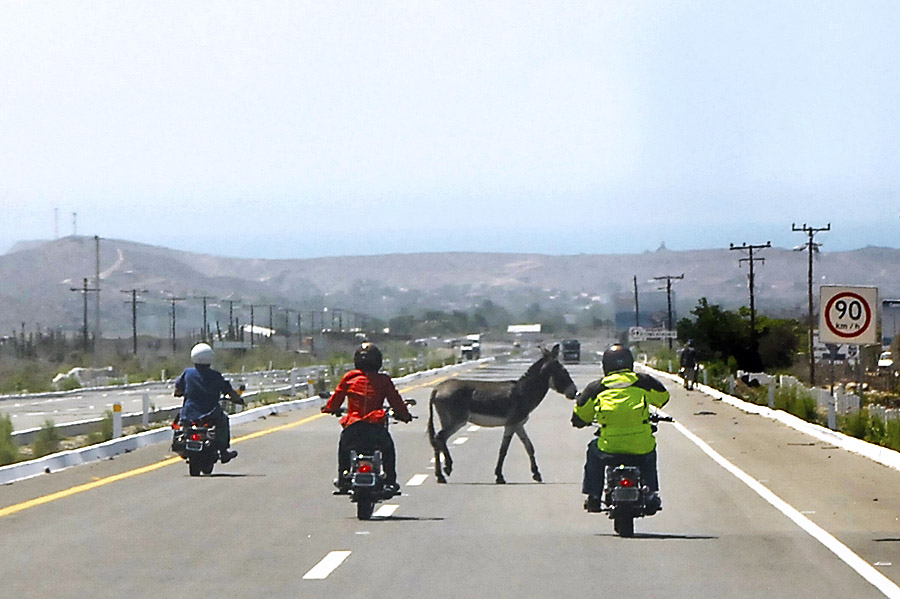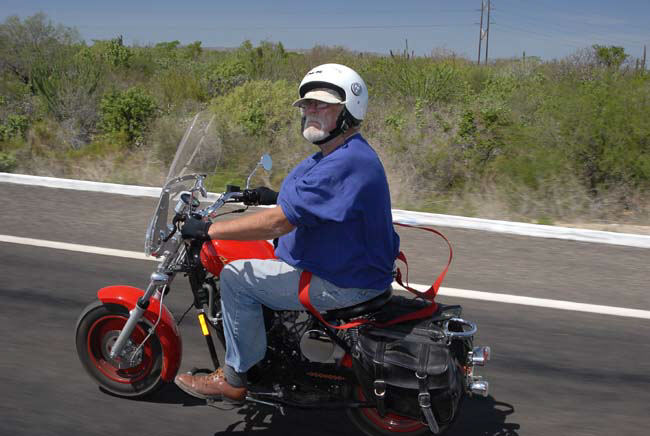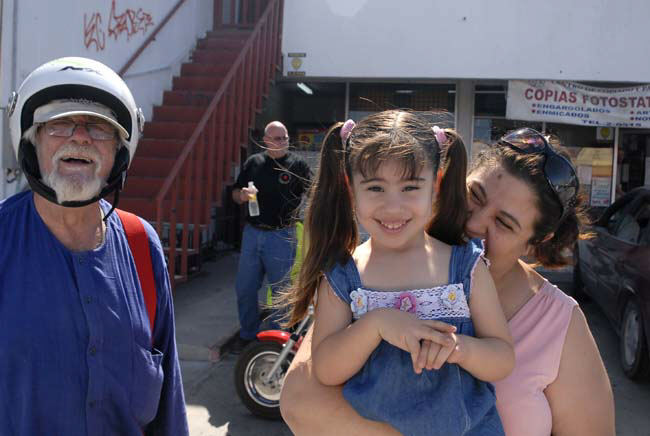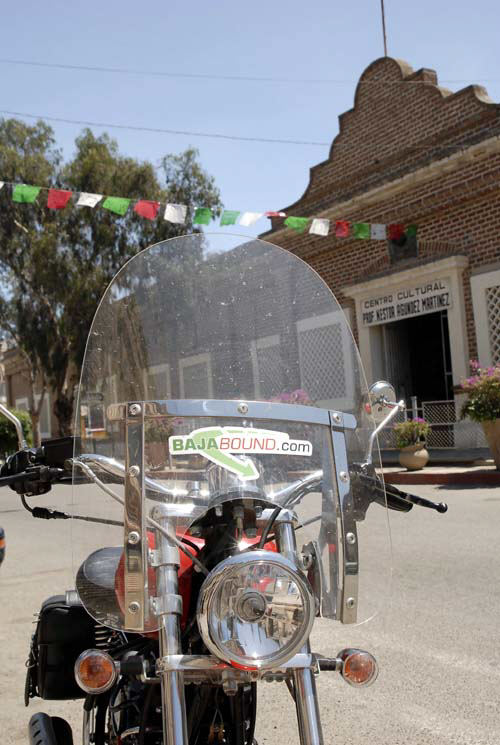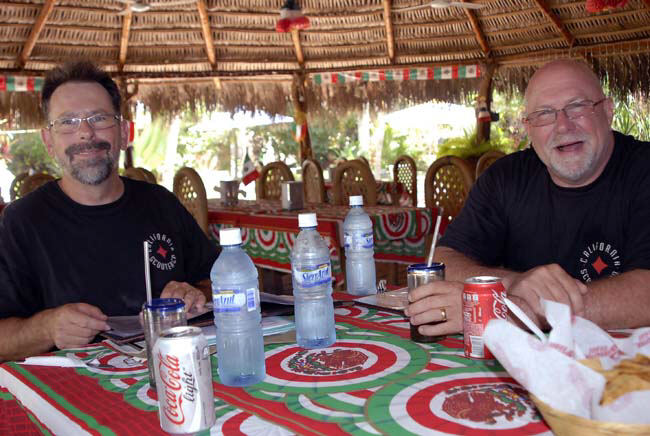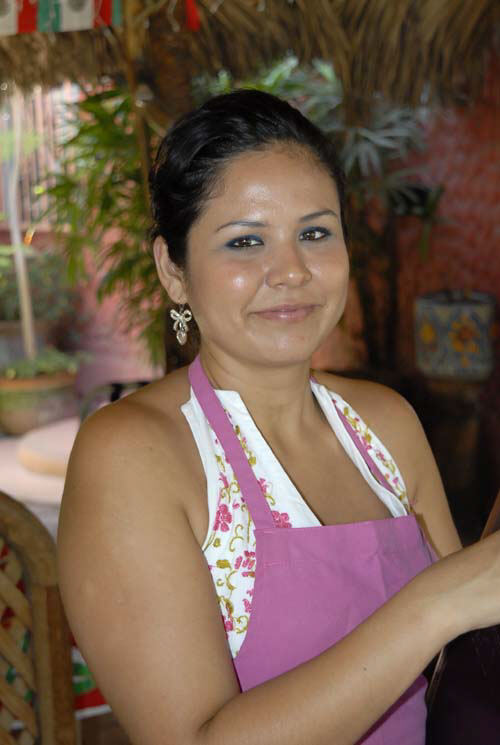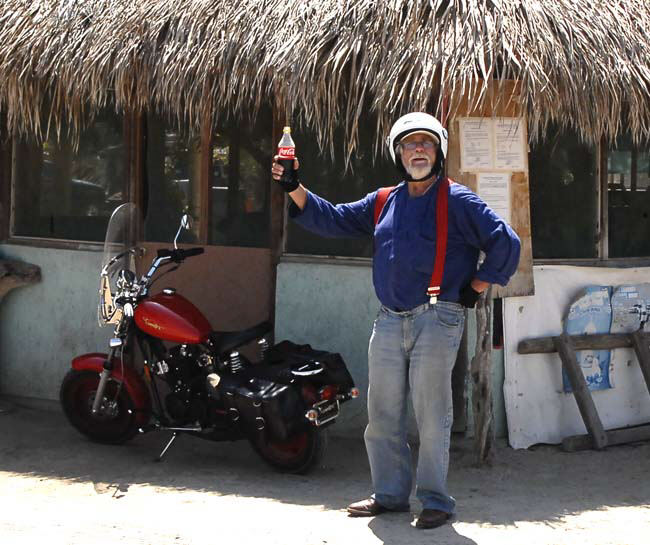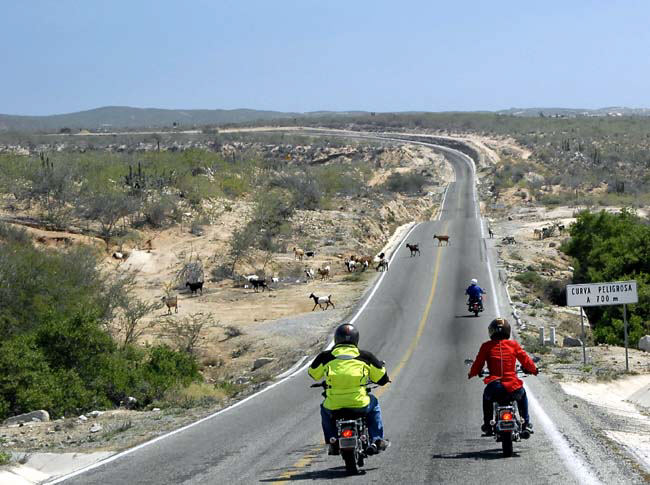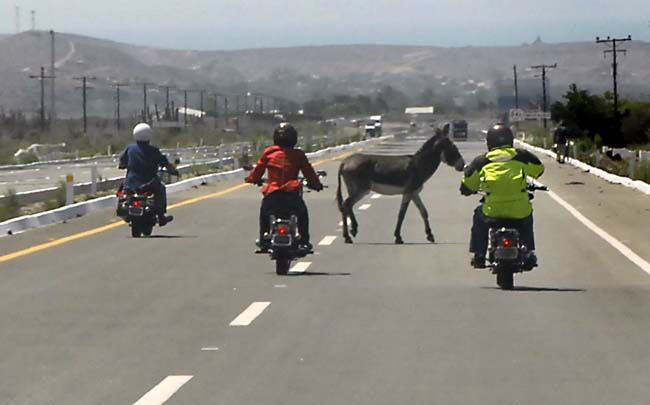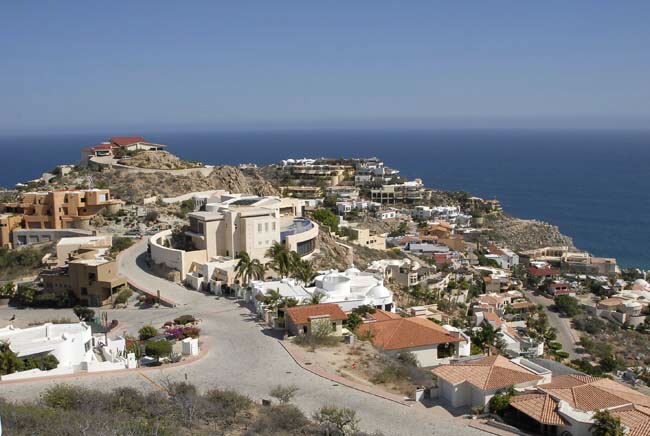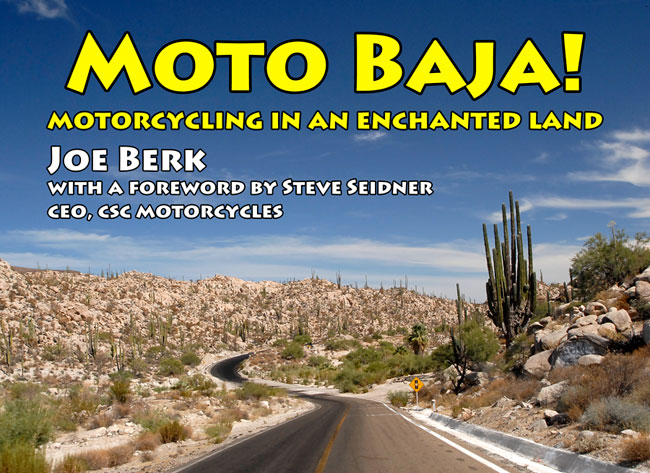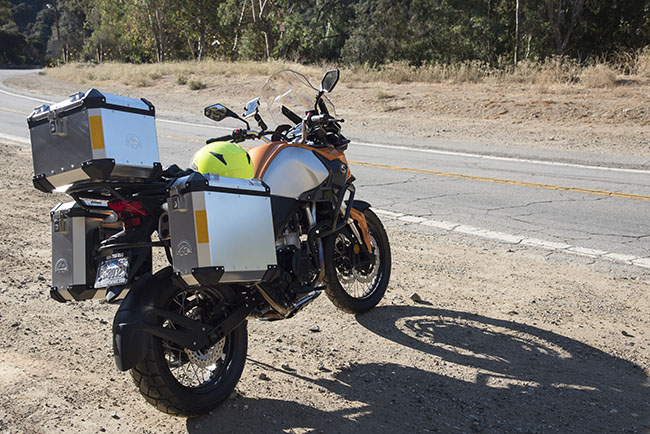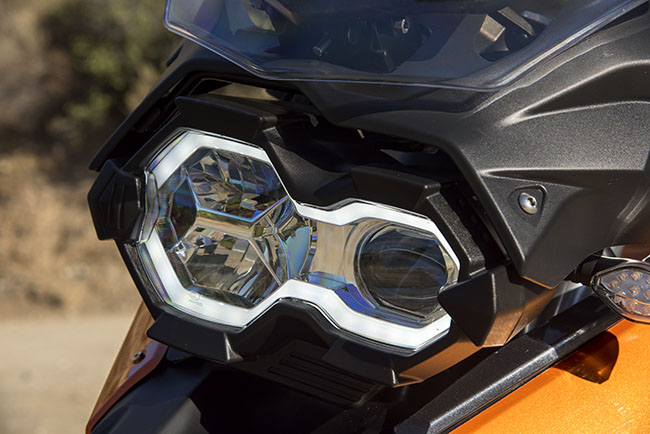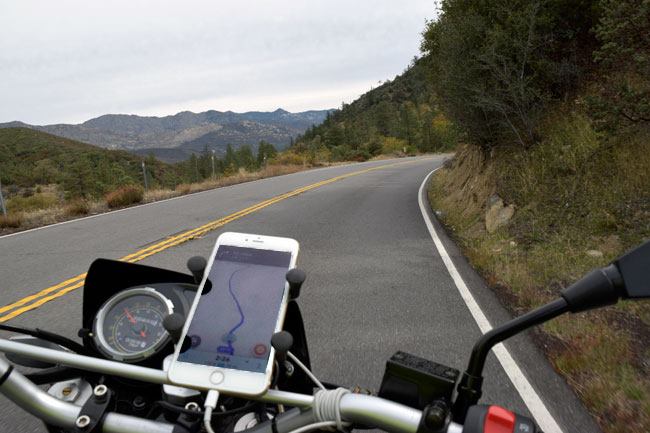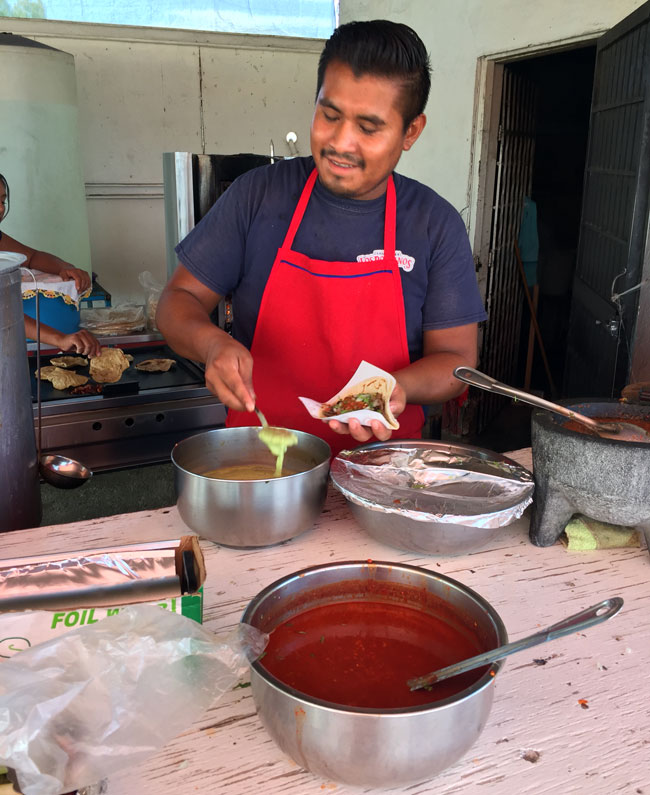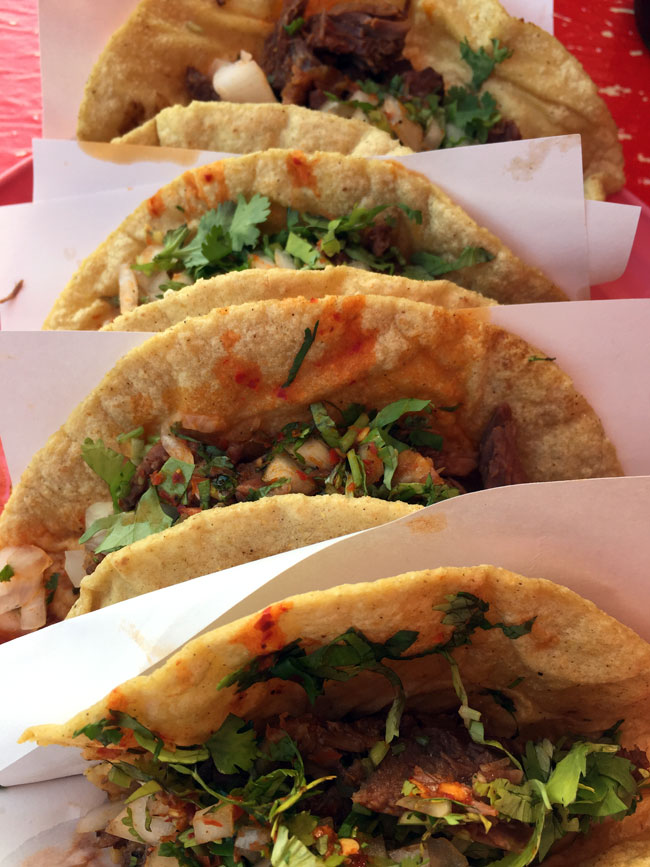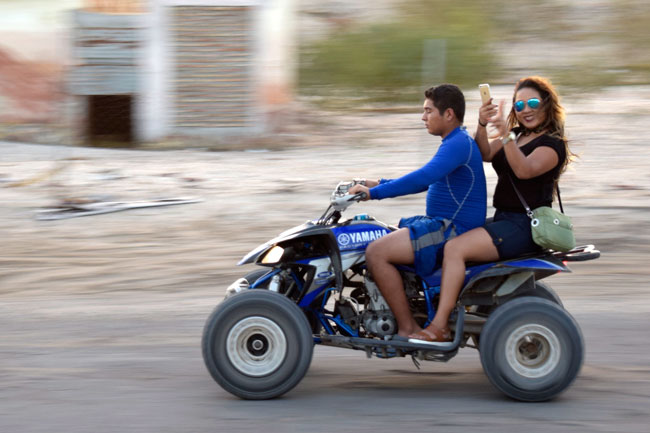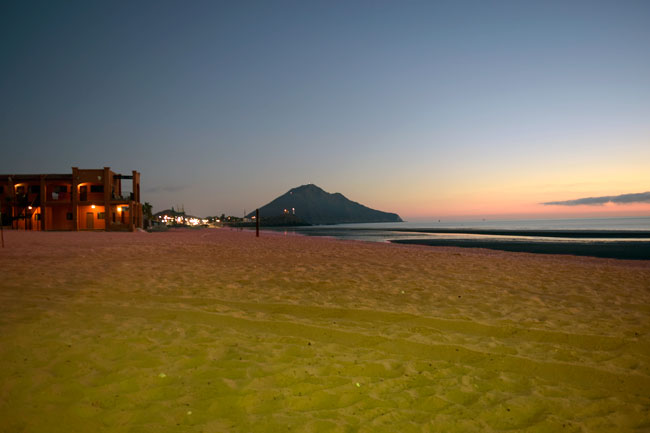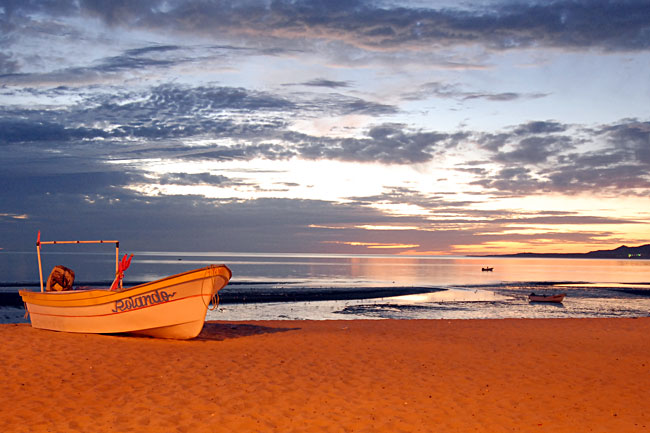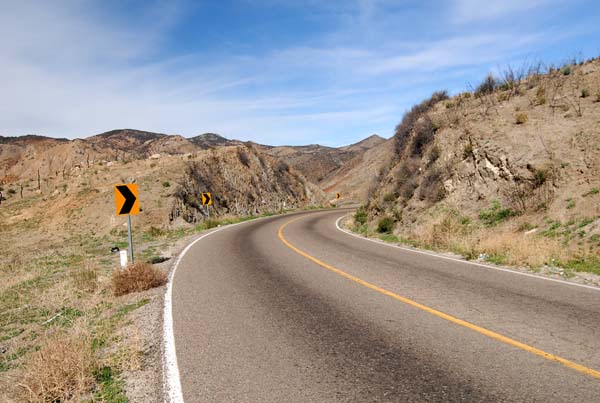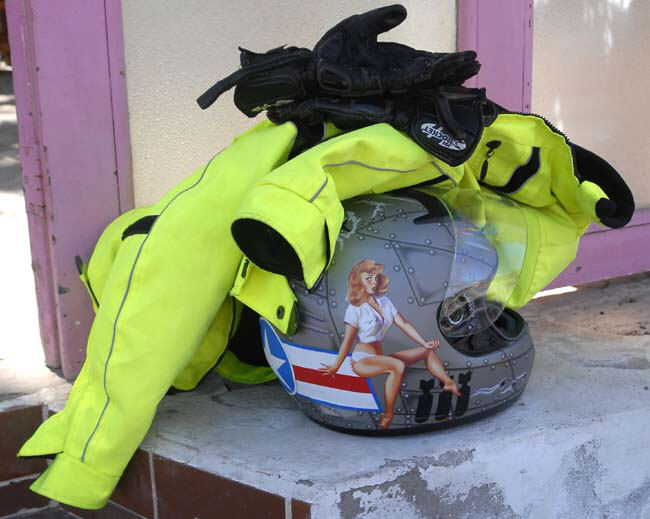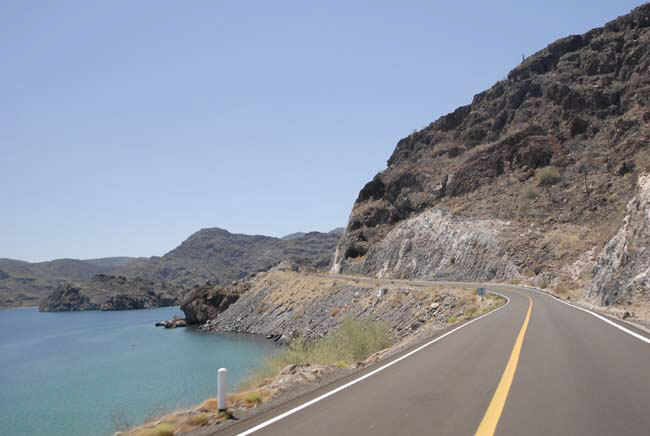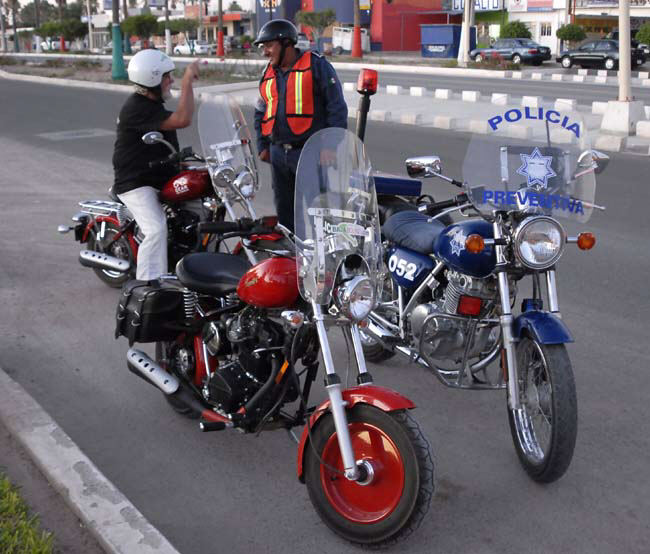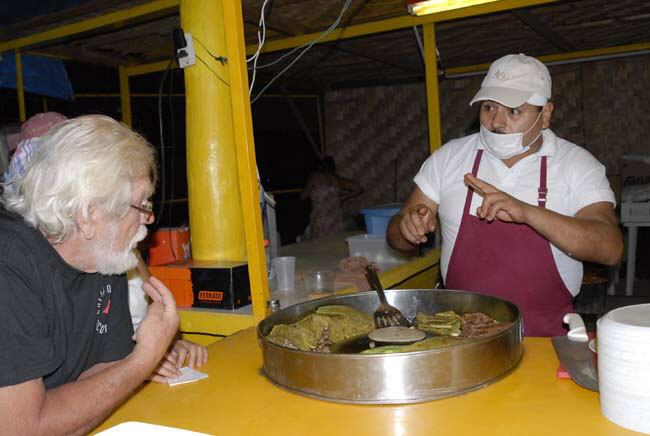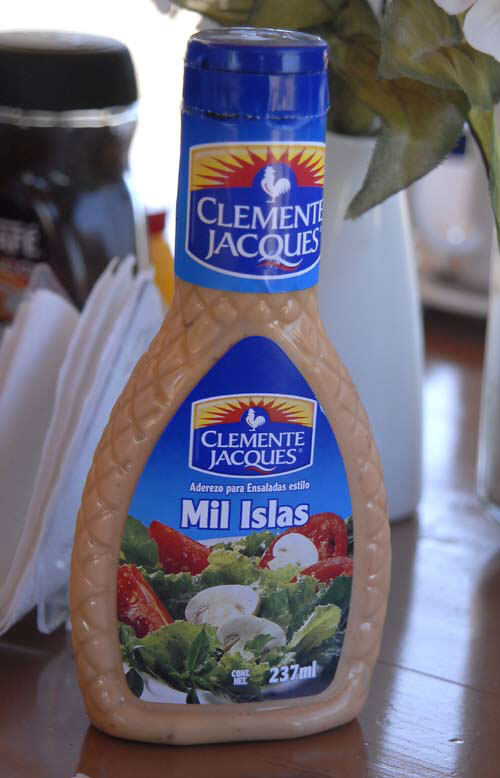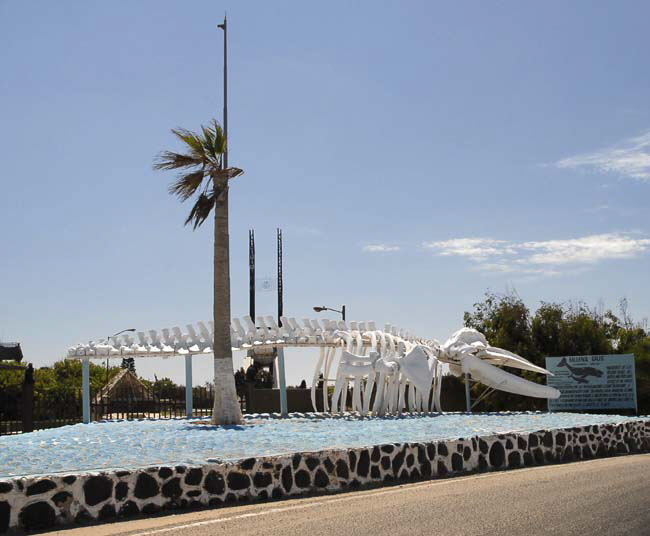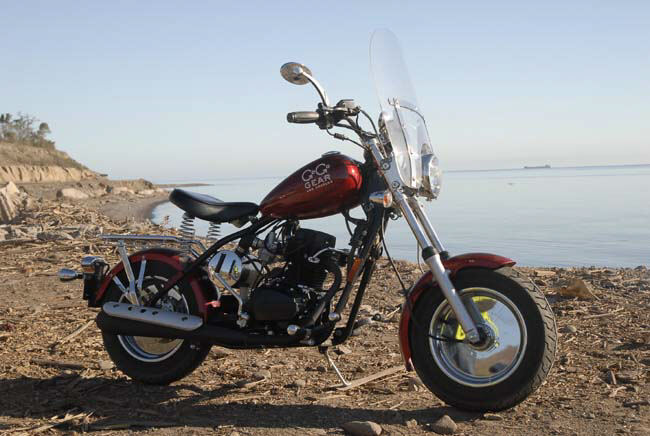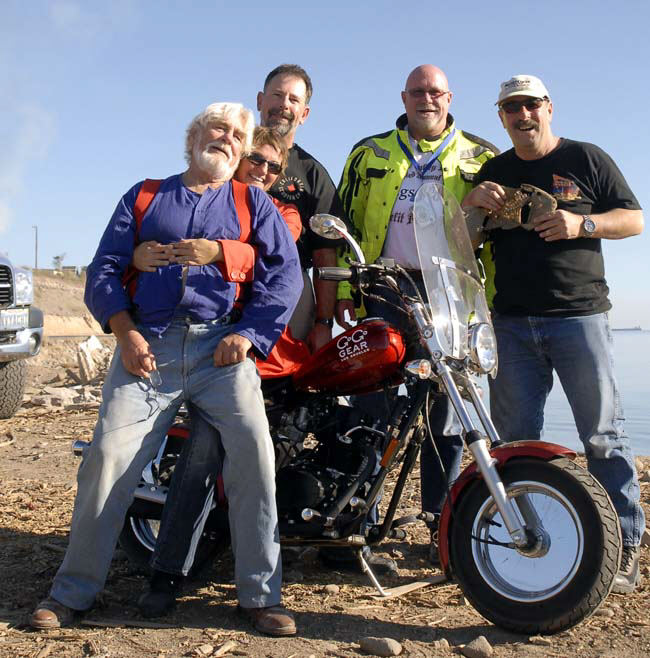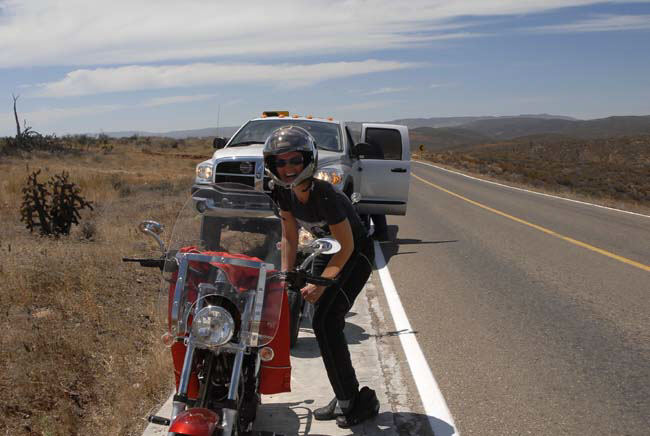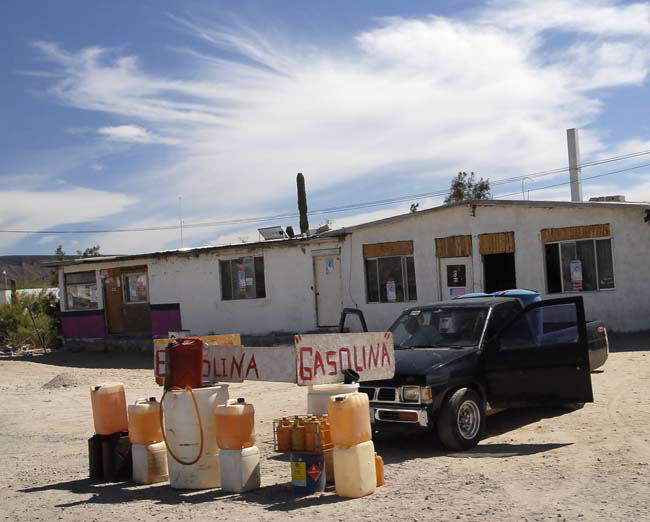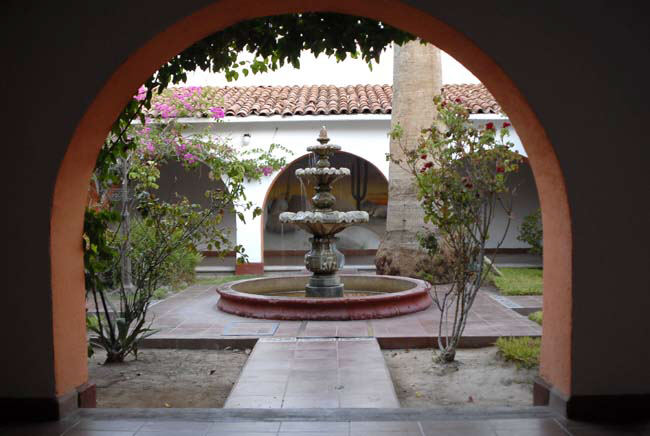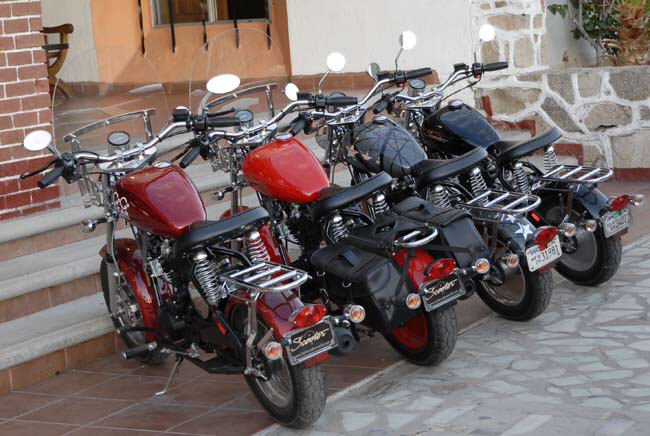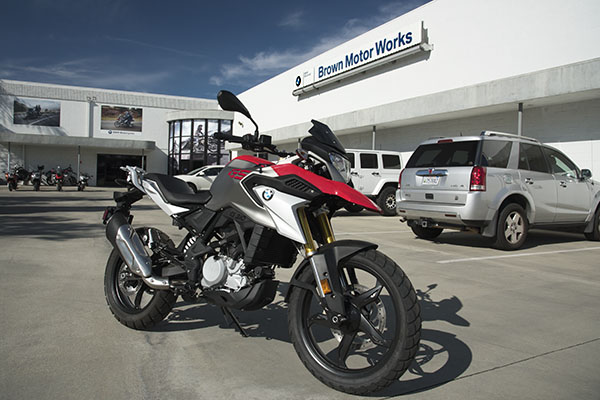
I’ve become a small bike guy. I rode big miles on 250cc motorcycles in Asia, South America, Mexico, and the US, and I’m naturally interested in any motorcycle of that approximate displacement. It’s no secret I was a consultant to CSC Motorcycles for about a decade and I was involved in the effort to bring the RX3 and the TT250 to America. There. Having said that, let’s move into the topic of this blog, and that’s BMW’s contenders in this class, their 310cc entries. They have two. One is a street-oriented bike (the R 310), and the other is more styled along the lines of the BMW’s bigger GS bikes (the G 310 GS). I examined both motorcycles and I rode the GS version. My good buddies at Brown BMW provided the bikes and answered all of my questions.
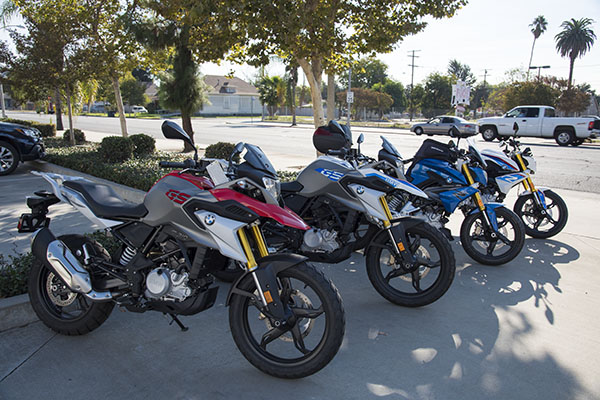
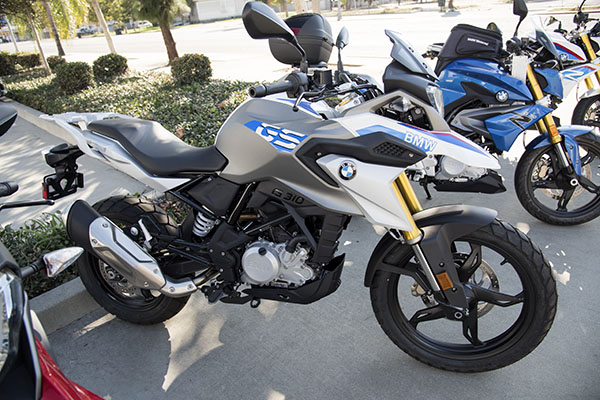
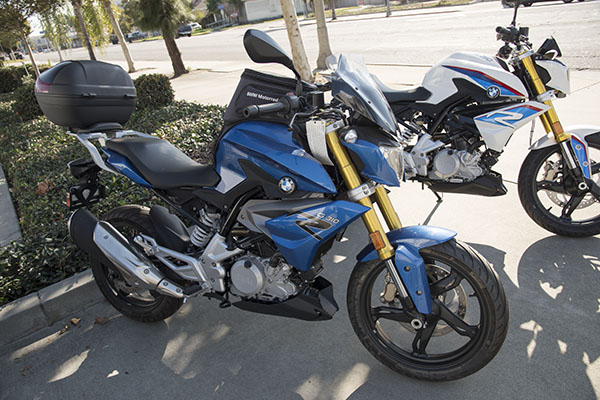
My intent here is not to do a direct comparison of the Baby Beemer to the CSC bikes, although the comparisons are inevitable. I’m not going to dwell on them, though. If you want to learn more about the CSC bikes, my advice is to go to the ExhaustNotes RX3-to-RX4 comparos, or go directly to the CSC website.
After CSC introduced the RX3 in 2015, the motorcycle world took notice. Three manufacturers subsequently entered the market with small-displacement ADV bikes. One was BMW, another was Royal Enfield, and a third was Kawasaki. The Royal Enfield is a 400cc single; I haven’t ridden it (although I understand Royal Enfield dealers give test rides; one of these days I’ll get around to riding one). The Kawasaki is a 300cc twin; I haven’t ridden it (Kawasaki dealers typically do not allow test rides). Gresh rode the Kawasaki when he was invited to the little Kawi’s intro and he did a video on it. BMW allows test rides (as does CSC), so I was able to ride the BMW. I know that Honda, Yamaha, and Suzuki all have 250 and 300cc bikes, too, but those are street-oriented bikes and they are not equipped for adventure touring. I don’t consider them competitors in this class. Basically, if you want a small ADV bike, it’s CSC, BMW, Kawasaki, or Royal Enfield.
Let’s get the heavy lifting out of the way first and tackle the gorillas in the room: Price and country of origin. Here’s the bottom line…the street-oriented BMW, the R 310, is $4950 for a 2018 model. That includes freight and setup; it does not include tax and documentation fees. The G 310 GS (the adventure version and the primary focus of this blog) is another thousand bucks at $5940 (again, that includes freight and setup, but does not include tax and doc fees). That’s with both bikes bare (no accessories).
Before continuing with the pricing discussion, let’s hit that country-of-origin thing. These bikes are built for BMW in India. Some folks might have an issue with that. I’m not one of them. I examined the bikes (the R and the GS models) and their fit and finish is top notch. I guess BMW feels that way, too, and they back it up: The 310cc bikes have the same 3-year, 36000-mile warranty as do the bigger BMW motorcycles. That’s better than CSC, Yamaha, Honda, Royal Enfield, and Kawasaki.
Okay, back to pricing and some of the details to get the bikes ADV-ready. If you want to add a tailbox to the R model, for the rack (which the R model does not include as standard equipment), it’s another $218, and for the tailbox, it’s $181. The Brown BMW parts guy told me that with the necessary hardware and taxes, the tailbox and rack come out to $457. The GS model comes with the rear rack as standard equipment, but to add the tailbox it’s that $181 figure. If you want to add panniers to the GS model, with the mounts and adaptors it’s another $709. If you want your baby Beemer GS to include a tailbox and panniers, you’re looking at adding roughly $900 to the bike. That brings the price of the GS model to $5940 plus $900, or $6840 (not including tax and doc fees). And that’s for a 2018 model. Prices are going up in 2019. I’ll get to that in a bit.
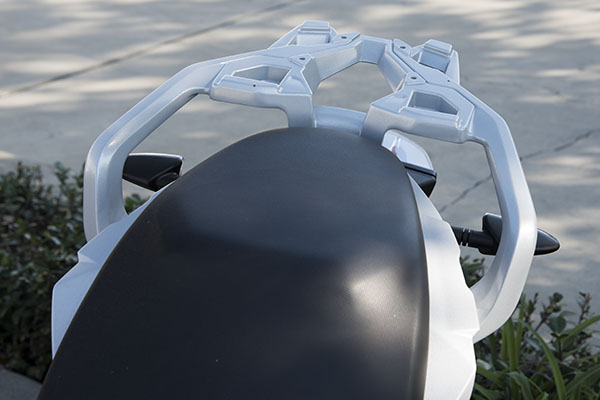
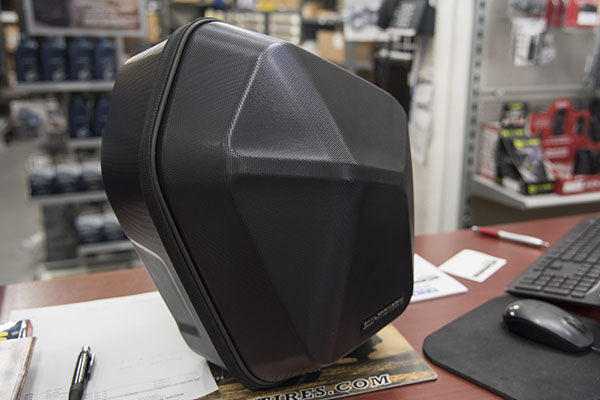
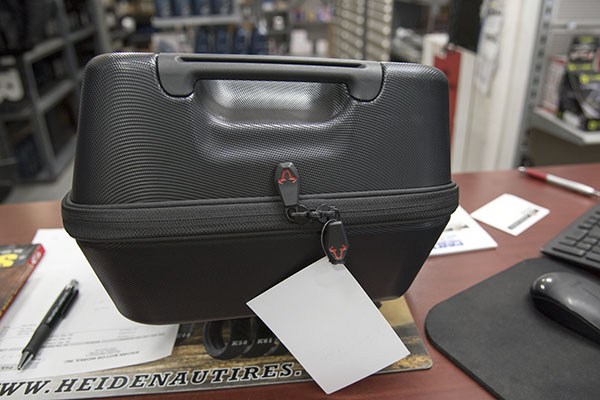
All of these numbers are for the 2018 model bikes. If you want to get a 2019 model, both bikes are going up another $750. That would put a panniers-and-topcase equipped 2019 model at just under $7600, not counting taxes and documentation fees. Refreshingly, BMW’s practice is to include freight and setup in the bike’s pricing and not leave that up to the dealers. The Big 4 let the dealers decide on their freight and setup fees, and, well, don’t get me started on that topic. Let’s just say that the way BMW does it is light years ahead of the Big 4 dealers in terms of transparency, honesty, and consistency.
Let’s hit a few of the tech features on the GS before describing the ride. The GS model has cast wheels (17-inch in the rear, and 19-inch in the front). There is no wire wheel option, which is surprising given the bike’s GS heritage. There’s an argument to be made for wire wheels instead of cast wheels for serious adventure touring. There’s also an argument to be made for cast wheels and tubeless tires. It’s a “Here’s your shovel, take your pick” discussion. BMW chose cast wheels. It wouldn’t be a deal breaker for me. I can live with either approach.
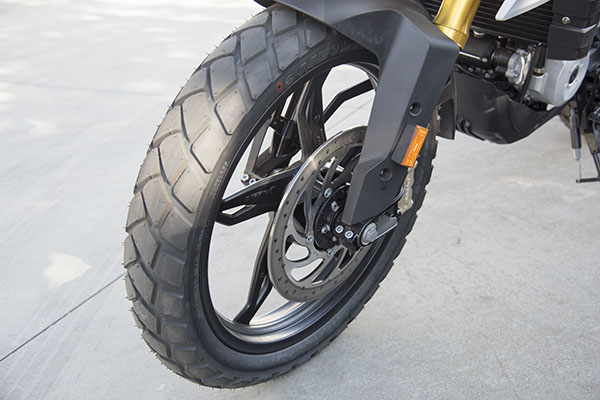
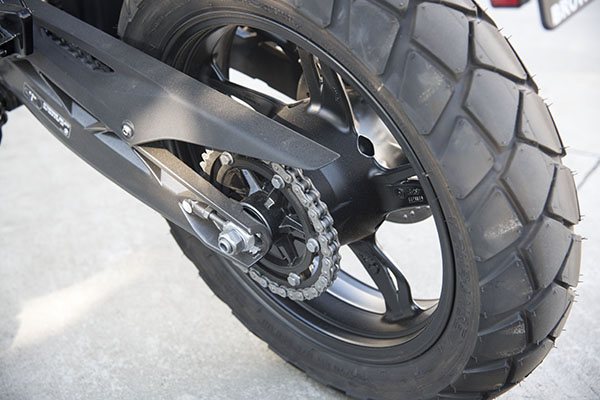
Both 310 models are chain drive, and both bikes use a single-cylinder, liquid-cooled, fuel-injected engine. The engine is sort of a vertical single (I say “sort of” because the cylinder is inclined 10 degrees to the rear). Body work obscures most of the cylinder, so it doesn’t look as unusual as it sounds. Interestingly, the intake and exhaust are reversed from what we are used to seeing. The fuel injector is in front of the engine and the exhaust pipe exits to the rear. (To go tangential for a moment, Mustang used this approach in their earlier models in the 1950s. Those bikes also had 300cc engines; the Mustang engines were originally designed to power cement mixers. Really. I can’t make this stuff up. You can read more about the early Mustangs here.) It’s interesting to see the reversed intake/exhaust approach on a modern motorcycle. You could make the argument that tilting the cylinder to the rear adds to mass centralization (cue in the Erik Buell theme song), but I don’t know if that was the logic that drove this design.
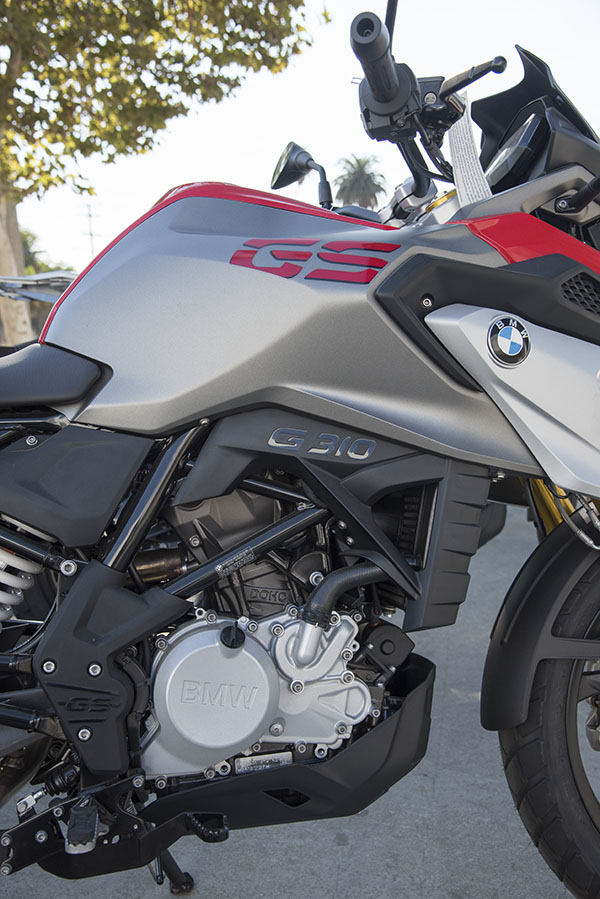
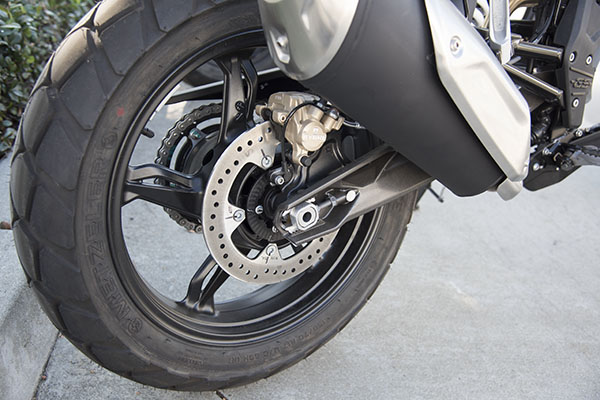
The little GS instrumentation is all digital and indicator lights. It’s a good display. I didn’t like the tachometer approach. It has a horizontal linear readout along the bottom of the dash, and I had a hard time seeing it. Having said that, I will offer a radical thought: I think a tachometer is superfluous on a motorcycle. It’s interesting to see how fast the engine is revving, but I never rely on the tach for shifting or anything else. If you need a tach to tell you when to shift, you have no mechanical empathy (a topic to be covered in a later ExNotes blog). But that’s just me, and like I said, I know its heresy in the motorcycle world. I didn’t check speedo accuracy with a GPS because the GS I rode was brand new and it did not have a cellphone mount.
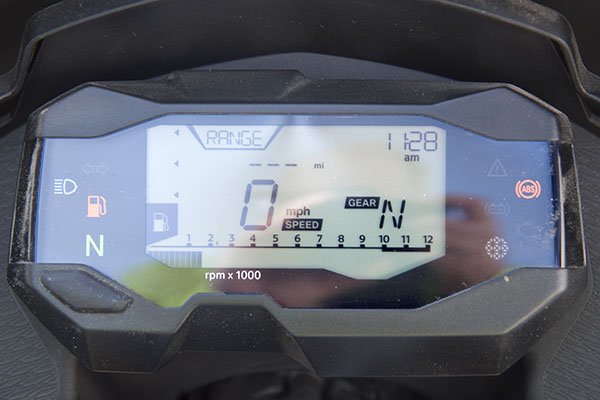
I asked the Brown BMW sales manager (Tom Reece, a genuine good guy) about speedometer accuracy and he told me the speedo was optimistic, which seems to me to be the case on every motorcycle I’ve ever ridden. Curiously, though, the last four cars I’ve owned all had speedometers that were within 1 mph of the GPS reading. It seems to me the motorcycle industry would do well to steal a speedometer engineer away from one of the auto companies.
Both 310cc BMWs had a single disk in the front. It felt good to me. The bikes have ABS as standard equipment, and it’s switchable (you can turn it on or off from a left-handlebar switch). The other controls on the handlebar switchgear are conventional, including the turn signals (there’s none of the turn signal tomfoolery that you find on the larger BMW motorcycles). I did not see any outlets on the bike I rode for USB or 12V charging. Maybe they’re there and I missed them.
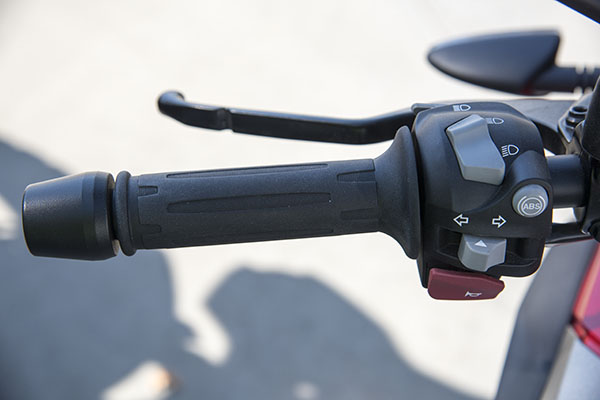
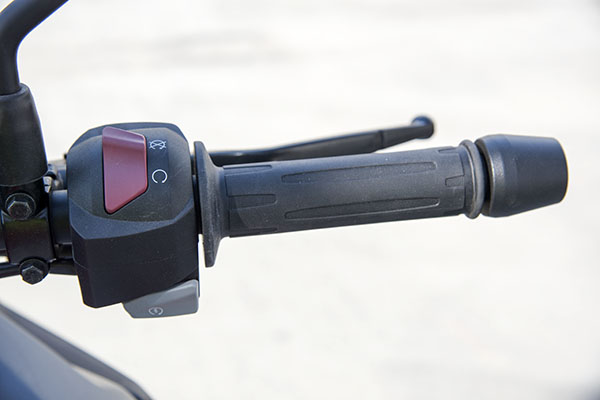
One potential negative is the oil filter location on both bikes. Both use a spin-on oil filter that is mounted low and on the front of the engine. Stated differently, the filter is directly in line with anything the front tire kicks up. I think that could be a liability off road, and perhaps even on road. My Triumph Tiger had a spin-on filter that was mounted underneath the engine (and mostly inside the engine, as the crankcase was recessed to protect the filter). I somehow managed to kick up a screwdriver with my front tire several years ago on the San Bernardino Freeway, the screwdriver penetrated the oil filter, and all of a sudden the rear end of my Triumph was sashaying around like an exotic dancer in a room full of big tippers (oil had sprayed all over the rear tire). The BMWs both have a skid plate of sorts, but it’s plastic and it looks kind of flimsy to me. I don’t think it’s the answer to crashing around in a field of boulders.
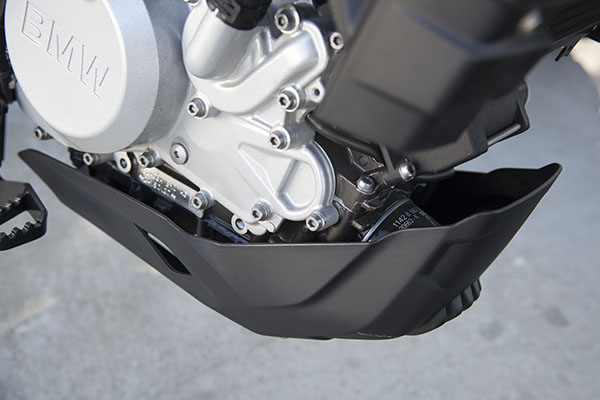

On to the ride: I didn’t put a lot of miles on the GS and it was all in town. The bike felt peppy, and it might beat the RX3 in a drag race (especially since the one I rode wasn’t carrying the added weight of the RX3’s engine guards, steel skidplate, topcase and bags, and windshield). On that windshield thing…neither of the BMWs has a windshield, although they both have black wind deflectors. Again, I didn’t rack up any freeway miles, but around town, wind was not an issue.
Both of the little BMWs had constant diameter (i.e., non-tapered) handlebars. I always thought that tapered handlebars were a little bit of a marketing gimmick, but I could feel a difference in vibration between the BMW I rode and other bikes with tapered handlebars. I am assuming the BMW engine is counterbalanced (and my research tells me the bike has a counterbalancer), but the vibration still gets through. Looking at my photos, I don’t see where the counterbalancer would be located (the conventi0nal location in the crankcase forward area appears to be the spot that mounts the starter motor). The vibration at higher rpm wasn’t offensive, but it was noticeable. At the end of a 300-mile day, it would probably be more noticeable.
The G 310 GS ride was comfortable. In fact, it felt good. The suspension is adjustable for preload only in the rear. There’s no preload adjustment up front, and no damping adjustment in the front or the rear. The bike comes with a tool for the rear preload adjustment. The GS has 7 inches of suspension travel at both ends. The GS’s seat height was a reasonable 33 inches, and I had no problem getting on or off the bike (nor did I have any issues when stopping).
To cut to the chase, the G 310 GS rode well and it felt secure. If I wanted a sensibly-sized (read: small) bike and if I was a BMW kind of guy, I’d have no reservations about owning this bike. And if I was going to buy a BMW, there’s no doubt in my mind it would be from Brown’s. I know and have ridden with both Bob Brown (the founder) and Dave Brown (the general manager), they are both great guys, and going any place else to buy a BMW just wouldn’t make sense.
After my ride, I had a ton of questions for the guys at Brown BMW, and I’ve included their answers in the above discussion. There were one or two other things I wanted to mention. I asked if there had been any reliability or service issues with the bike. Tom told me there had been a recall for a sidestand issue. Brown’s didn’t have any sidestand failures, but the Service Department made the sidestand mods to satisfy the recall. It happens. I’ve seen recalls for some pretty mundane issues on other makes, and it sounds like this was one of them.
The other question I asked was about the shop manual. Tom looked at me quizzically and then he told me they hadn’t sold a service manual for any of their motorcycles in years. I said at the outset of this blog that I didn’t want it to be a CSC-to-BMW comparo, but I guess this is one of the fundamental differences between the two organizations I need to mention. CSC gives its customers a free shop manual, they have online tutorials, and they encourage their customers to do their own maintenance. That’s an approach mandated by CSC’s path to market (they don’t sell through dealers). BMW, which only sells through dealers, makes it almost a requirement that customers rely on dealer service departments. It seems to be an approach that works for BMW, and the guys I ride with who have BMWs all say Brown’s service is top drawer.
I liked the 310cc BMW, and I’d have no problem getting on one and riding across China, or Mexico, or the United States, or India (now there’s a cool idea). I’d be a bit concerned about the lack of a shop manual, but that’s just me. If you’re a died-in-the-wool BMW type and you don’t want to do your own maintenance, I can see where this bike makes sense. I think that’s what BMW is relying on. Tom told me they sell the 310cc bikes to new riders and to guys who already own larger BMWs. Tom said younger guys stop by in their 3-series BMW automobiles, they see a $6K BMW motorcycle, and they think “hey, that’s not too bad.”
I think BMW views its 310cc bikes as an opportunity to introduce new riders to motorcycling (always a good thing) and ultimately, to upsell them to the larger BMW bikes. There’s nothing wrong with that, but I think BMW might be missing the boat. When I rode the G 310 GS, here’s the question I was thinking about: Would I travel big time on this bike? Say a trip down to Cabo San Lucas and back? The answer is yes. Where I think BMW might be remiss is they are not positioning the 310 as a serious long-distance adventure machine. I examined BMW’s website and I did a Google search on GS310 adventure rides, and not a lot shows up. The BMW website talks about the bike being good for around town and trail rides. I think it’s good for a lot more than that. Maybe the Bavarians are worried about cannibalizing sales of their larger bikes, but if I was BMW I’d be pushing the hell out of the 310 for real world adventure touring. The bike is the right size and I think it has the chops. Along those same lines, if I were BMW I’d be organizing 310 adventure rides to Baja, Alaska, and some of our great destinations here in the US. It’s an approach that sells motorcycles and pulls people into riding. I can tell you that from personal experience.

